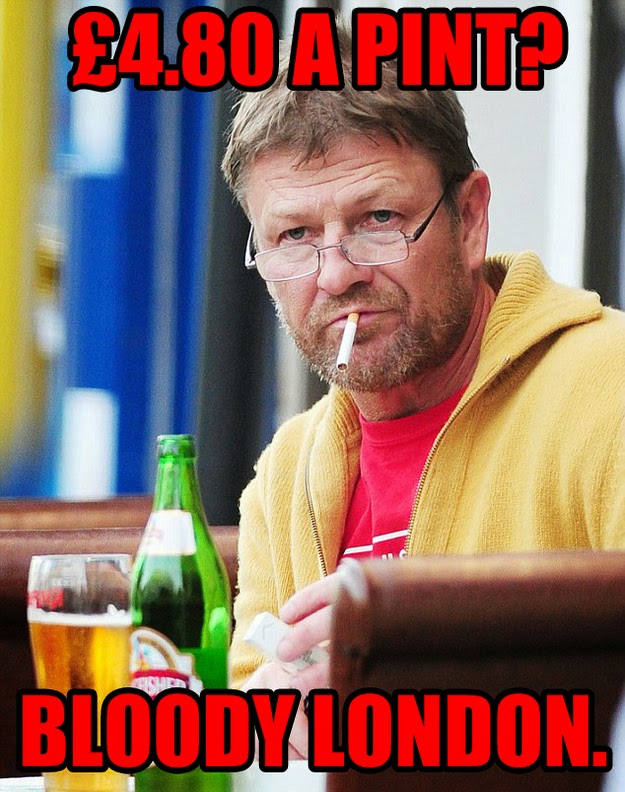You will research texts dealing with the issue of regionalism and comment on how they have been represented in the media.
· Key words: Stereotypes, Cliche. Representation.
How people, places and situations are represented is dependent on;
When analysing a text, state if the characters are Challenging stereotypes?

- Costume
- Language / regional identity
- Settings / locations [geographical markers]
___________________________________________________________________________________
Costume/dress, [urban, rural, asbo, wealthy...]
What are the connotations? What do the costumes signify?
Settings/locations [geographical markers]
These settings can possibly say something about the North/South divide. The people that live in the terraced houses can be considered as socially immobile. They will probably live in this street or area for the majority of their lives. See Coronation Street for example.
The ariel picture of London denotes a wealth area with thriving businesses and people that work long into the night.
When analysing a text, state if the characters are Challenging stereotypes?
...Or re-enforcing stereotypes. As in these examples of representation of gender.

What are the impact of the representations on the audiences – are they likely to be negative or positive?
Again, the effects of gender representation is shown here.
Consider how regional stereotypes can often be offensive too.
Remember that all representation is RE-PRESENTATION- the media CONSTRUCTS a representation through MEDIATION & SELECTION.
How does the audience interpret and respond to the text?
Consider The way different people might put different MEANINGS on to the text:
The media theorist Stuart Hall points out that there are three different types of text readers:
STUART HALL - Audience response
Consider The way different people might put different MEANINGS on to the text:
The media theorist Stuart Hall points out that there are three different types of text readers:
- PREFERRED or DOMINANT READING – What the producers want the audience to get out of the text – something they want the audience to do.
- NEGOTIATED READING – that’s a COMPROMISE between what the producers want you to do, feel sympathetic towards a particular group, and what you might get out of it. For example; 'I like the TV soap Coronation Street but I don’t intend going to Manchester. Ever'.
- OPPOSITIONAL READING – The audience is completely turned off by the text and does the complete opposite of what the producers want – who might do this and why?
Study the following clip of the TV show Doc Martin.
(a) Suggest two ways in which regionality has been represented in the clip..
(b) Examine how audiences from different regions might respond to the clip
Consider the following points when watching the clip:
- Can I identify what region the characters/people are from? How?
- Are people from different regional backgrounds shown as having different interests, personalities, attitudes or behaviours? If so, how?
- Is their regionality represented as being the most important thing in their life?
- Are people from particular regions portrayed as being better, more powerful, than others?
- Are people from particular regions portrayed as being abnormal /weaker/ more pathetic than others?
- How do other characters in the clip treat the characters from different regional backgrounds?
- What is the message the clip is trying to portray about regionality?













No comments:
Post a Comment